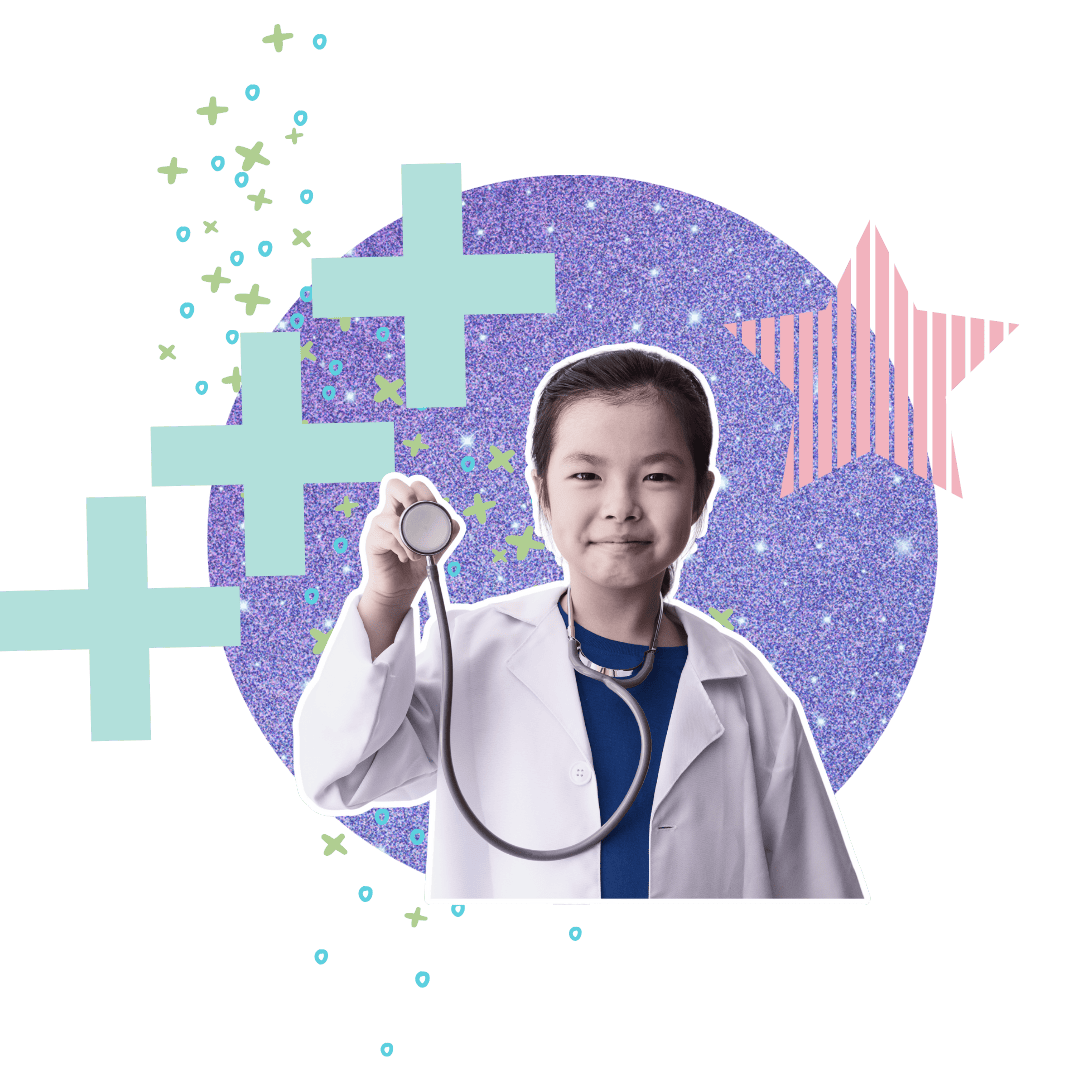Massage therapy offers many benefits for children, such as easing anxiety, improving sleep, and enhancing circulatory health. However, it’s important to recognize when touch therapy may not be suitable. Numerous precautions and contraindications are associated with pediatric massage, making it essential to consult with a Certified Pediatric Massage Therapist (CPMT®) before beginning any massage regimen.
1. Consent is Key
If permission is not given – this is not the time to provide massage therapy. Always ensure that the child consents to the massage session. Respecting a child’s autonomy and obtaining their permission is imperative, as it recognizes their right to decide about their own body. This practice helps build trust and makes the massage session more effective and comfortable for the child. We can never provide massage or touch therapy without the child’s permission.
2. Presence of Skin Conditions
Avoid massaging areas with skin infections, open wounds, or contagious diseases. Conditions such as severe acne or eczema should also be avoided to prevent the worsening and spreading of these issues.
3. Acute Injuries
Massage should not be applied to recent injuries like fractures or severe sprains. Massaging an injured area can increase inflammation and interfere with the healing process.
4. Medical Conditions
Children with medical conditions such as cancer, heart disease, or bleeding disorders like hemophilia should only receive massage under medical advice and by Certified Pediatric Massage Therapists with the correct levels of education or by parents who have been trained by properly educated CPMT®s.
5. After Surgery
Post-surgery areas are particularly vulnerable, and massage may be disruptive in some instances of the healing process. Always wait for clearance from a healthcare provider before massaging areas near surgical sites and ensure the correct techniques are appropriately applied.
6. Fever or Unknown Illness
Avoid massage when a child has a fever or feels generally unwell, as massage could potentially spread the illness and worsen symptoms.
7. Neurological Disorders
Conditions like cerebral palsy or muscular dystrophy may require specialized therapeutic approaches that differ from standard massage techniques. Consulting with specially trained CPMT®s is crucial to tailor the approach to the child’s needs.
These examples highlight some critical concerns but are not exhaustive. Always consult a healthcare professional such as a Certified Pediatric Massage Therapist (CPMT®) to ensure massage and touch therapy are safe and appropriate for a child’s specific circumstances. Massage therapy can significantly enhance a child’s development and well-being when performed under the right conditions.

